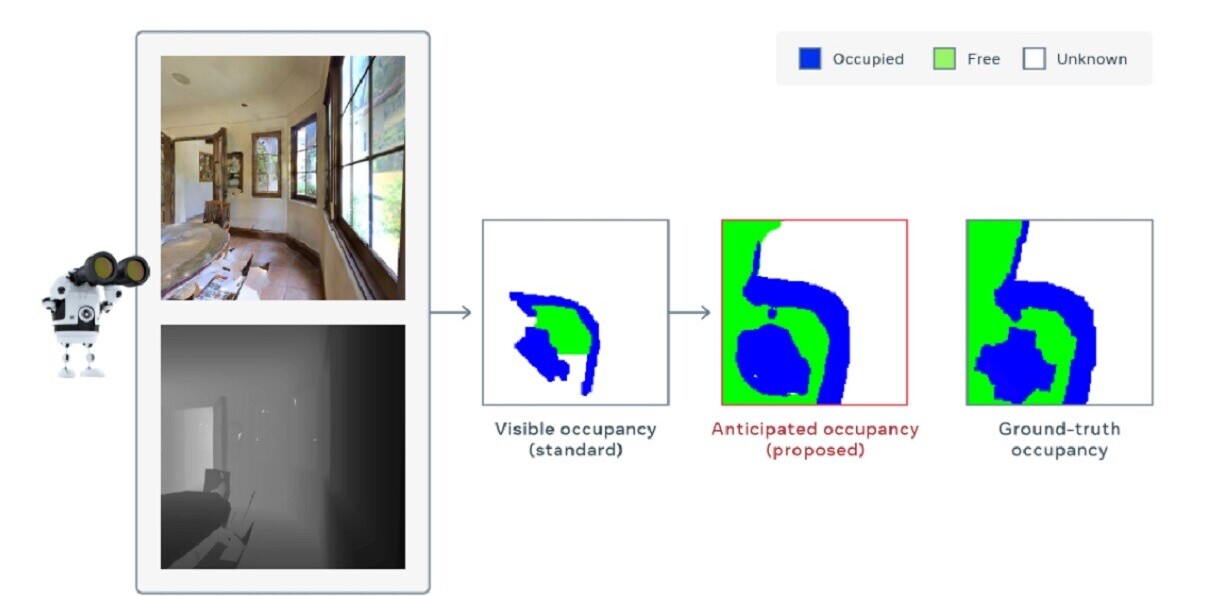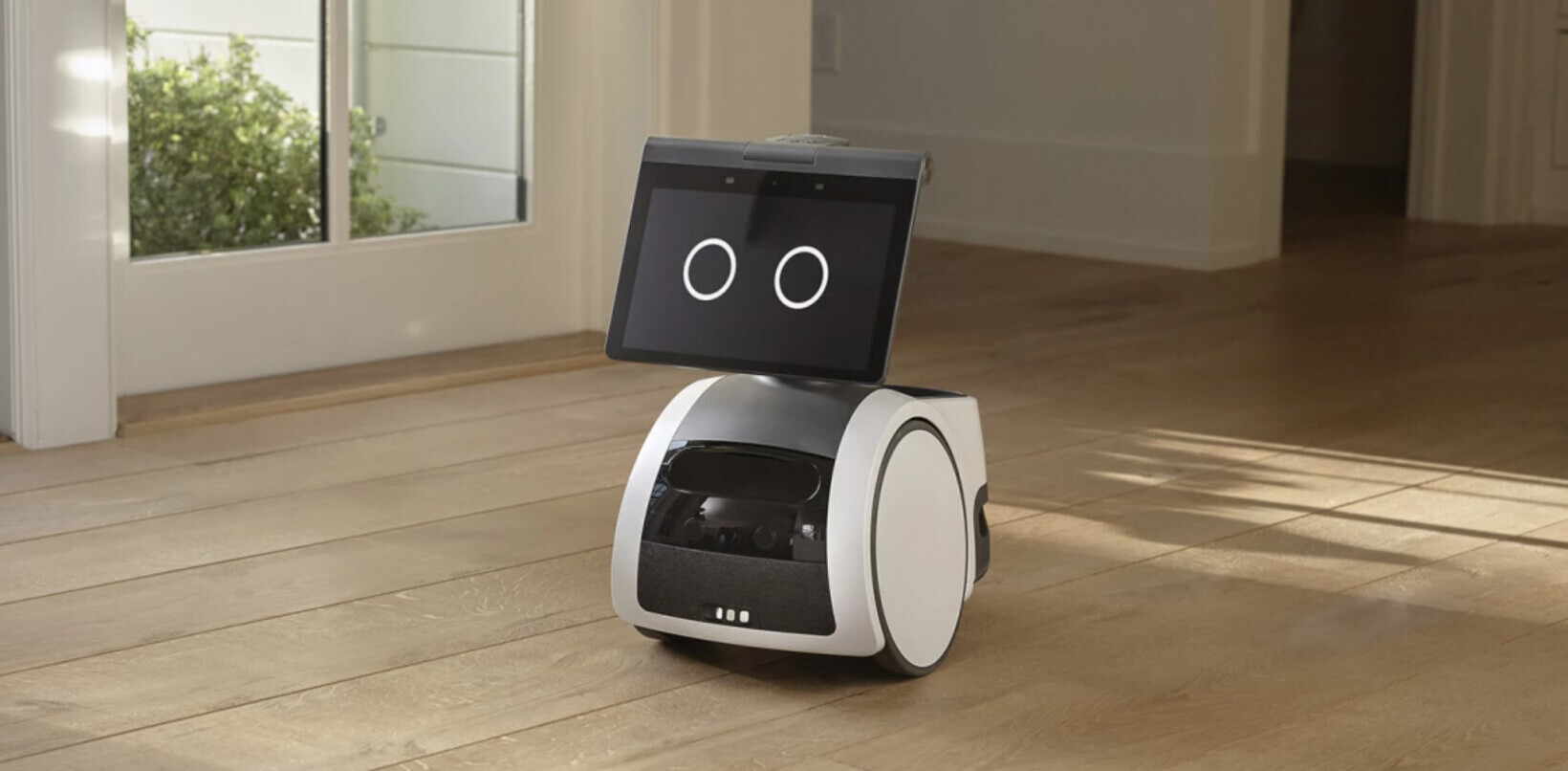
Innovation shapes our daily experiences, offering us the chance to seize the convenience offered by modern technology. Since the advent of smart speakers and voice-enabled digital assistants, voice-user interface (VUI) technology has experienced an explosion in popularity among consumers and developers alike. VUI grants us convenience—and in our fast-paced modern world, the time saved by VUI is a valuable benefit.
A look at online shopping hints at the potential of VUI. E-commerce accounts for hundreds of billions of dollars in sales every year. In 2018, voice search accounted for more than a billion searches every month.
A survey of more than 1,500 online shoppers revealed that up to 43 percent of voice-enabled device users have used VUI to shop, and half of them have used voice to research products before buying. 22 percent of these consumers buy directly from a voice search, and 17 percent use VUI to reorder previously purchased products. It is becoming a habit that many consumers are forming—with nothing more than their voice, users are able to communicate with their devices and perform everyday tasks in mere moments.
VUI stands poised to continue its enormous success, but this technology’s potential heavily relies on how well companies are able to position VUI as a gateway for users to enjoy a more seamless user experience.
How VUI can shape the way consumers interact with the world
The purpose of VUI is quite simple—enable users to speak to their devices in order to learn through dialogue and conversation. Unlike other visual user interfaces, such as the mobile touch screens, voice-user interfaces often work with less specific direction and make choices on behalf of the user.
For instance, a VUI user can simply say “Play classical music,” which will trigger the voice-activated device to choose the default service and play the requested music, whereas a user on a mobile device or desktop computer would need to select their preferred service, then choose the music they want to play.
In the past, desktop browsers served as our gateway to technology, and as we’ve evolved into the era of mobile apps and social media networks, it’s become more and more common for a single company to be your portal to the online world. How often have you signed up to a website or service with your Google or Facebook account instead of making a unique account? How about purchasing a product after clicking an ad in your Facebook feed—without ever leaving the app? Have you ever used Apple Pay or Google Wallet to check out without digging for your debit card?
The Big Five companies—Apple, Amazon, Google, Microsoft, and Facebook—are competing to be the entry point of users and shape the experience of users as they interact with technology. For this reason, these companies have also ventured into the world of VUI, introducing their own products, including programs like Apple’s Siri and Microsoft’s Cortana, as well as devices like Google’s Home device and Amazon’s Alexa speaker. VUI offers one more way for these companies to gain control and influence over users’ experiences and interactions with technology, where they shop, and so much more.
VUI works to automate many of the small day-to-day actions users perform, from turning on their music and checking the weather forecast to finding the best Thai food near their office and reordering dog food. The owners of VUI gateways, such as Google or Amazon, have tremendous power. Many voice-activated devices already work with default services to meet these needs—Alexa uses Amazon to reorder your four-legged family member’s dinner and Cortana uses Bing to find the answer to your question about when the next showtimes are for the latest blockbuster. These services go unseen by users, but they still are in a valuable position to shape your shopping, searching, and entertainment habits.
The future of VUI and user experience
The current model of voice-user interfaces relies on default services, as defined above. As VUI use continues to grow, however, it’s clear that there’s an emerging space for companies in the layer between VUI and the end service. These companies can provide another, largely invisible, level of service, but what they do can improve the experiences of VUI users.
As mentioned above, VUI strives to automate tasks for users, and currently, the maker of a VUI dictates where your information comes from and where your orders are placed when using the device. This new layer of companies should seek to disrupt this monopoly to the benefit of users. Instead of relying on defaults, these companies may add a dynamic element to the process of VUI, for instance, by selecting the least expensive provider to purchase a product from. As long as these companies are able to provide the right service at the right price, most consumers won’t even notice their role while they enjoy the benefits of enhanced service and savings.
In today’s world, the competition to control user experiences from the moment they interact with technology is a stiff one, but the future holds the promise of shifting this competition to the benefit of users. As the popularity of VUI continues to grow and improvements are made in security, ease of use, and versatility of VUI, it’s a natural next step to find ways to create an even more effective, user-oriented experience.
This story is republished from TechTalks, the blog that explores how technology is solving problems… and creating new ones. Like them on Facebook here and follow them on Twitter.
TNW Conference 2019 is coming! Check out our glorious new location, inspiring line-up of speakers and activities, and how to be a part of this annual tech bonanza by clicking here.
Get the TNW newsletter
Get the most important tech news in your inbox each week.





